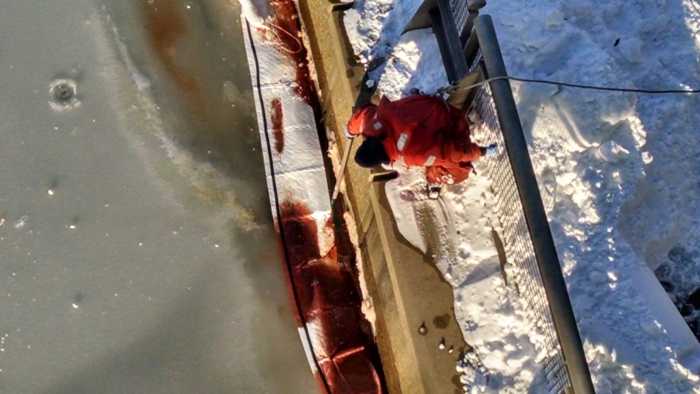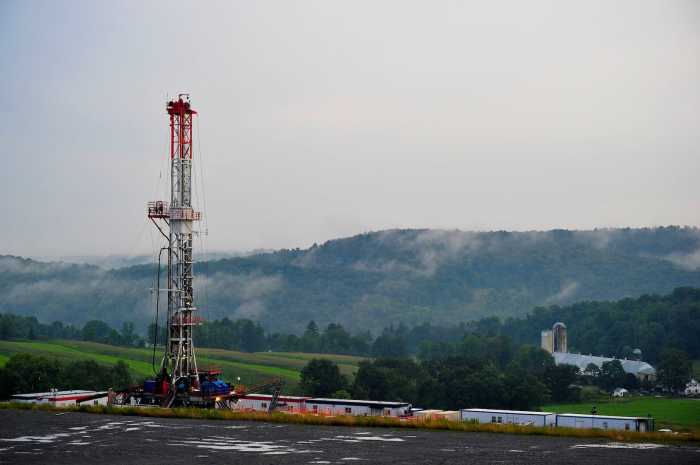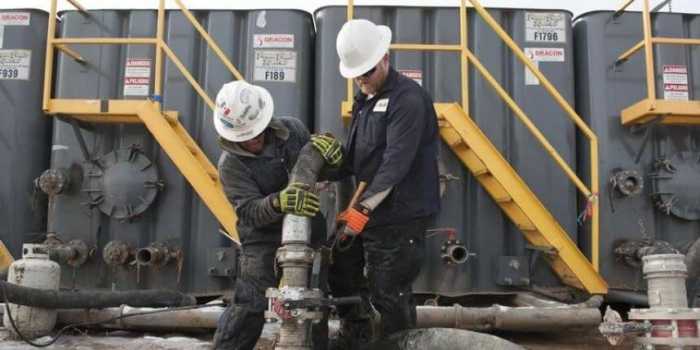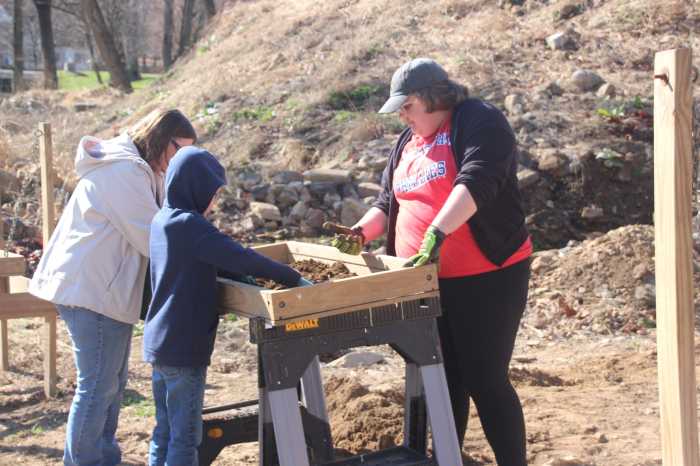A new report released by a local environmental advocacy group accuses the companies sending tankers loaded with crude oil through Philly with putting minority communities at a disproportionate risk of danger. “These are trains that are highly explosive and are going through densely populated neighborhoods. At the end of the day, a small probabilistic risk is still a huge risk to nearby communities,” said Zoë Cina-Sklar, a community organizer with PennEnvironment, which, along with community groupsACTION United and ForestEthics, wrote the report. She added, “930,000 Philadelphians are living within the recommended evacuation zone in case of a derailment fire and spill.” PennEnvironment foundthat the evacuation zone along Philly rails owned and used by CSX to transport crude oil takes up only 12 percent of the land area in the city; but those areas contain50 percent of “people living in communities statistically vulnerable to environmental racism,” the report states. The evacuation or “blast” zone includes a one-mile area aroundtracks in case of an oil train derailment andfire .
RELATED:After W. Virginia oil explosion, fears linger in Philly About 58 percent of the people living in that zone are people of color, while residents outside the zone are only 32 percent people of color.
The safety of CSX operations in Philly has been closely questioned since the partial derailment in January 2014 of a CSX train left five cars on the 25th Street Viaducttiltedover the SchuylkillRiver. CSX spokesman Rob Doolittle said CSX is currently working on restoring the 25th Street Viaduct.Theyhas deployed a net system to prevent debris from falling below andremoved concrete parapet walls that lined the viaduct. The bridge, which is also owned by CSX, is visually inspected regularly, gets a full inspection annually, and “sophisticated internal inspections of the steel rails using ultrasound technology” is conducted regularly, Doolittle said, while track geometry is also monitored using “special equipment.” RELATED:New report says 700K at risk from oil train accidents “Safety is CSX’s highest priority, and that includes the safety of the residents of all of the communities where we operate,” Doolittle said via email, adding that CSX trains traveling through Phillyhave a speed limit of 20 to 30 miles per hour. But those assurances meanlittle to Cina-Sklar.
“There are so many lives at risk. The risk is inherent and still remains,” she said.
Cina-Sklar mentioned a community memberwho complained “about the trains waking her up in the middle of the night as they rumbled through.”
PennEnvironment wants the Philadelphia Office of Emergency Management to hold community meetings in all neighborhoods near train tracks to discuss emergency evacuation routes, and wants the EPA “to investigate and correct the environmental injustice in the oil train blast zone.”
Oil trains pose most risk to minorities, activists say
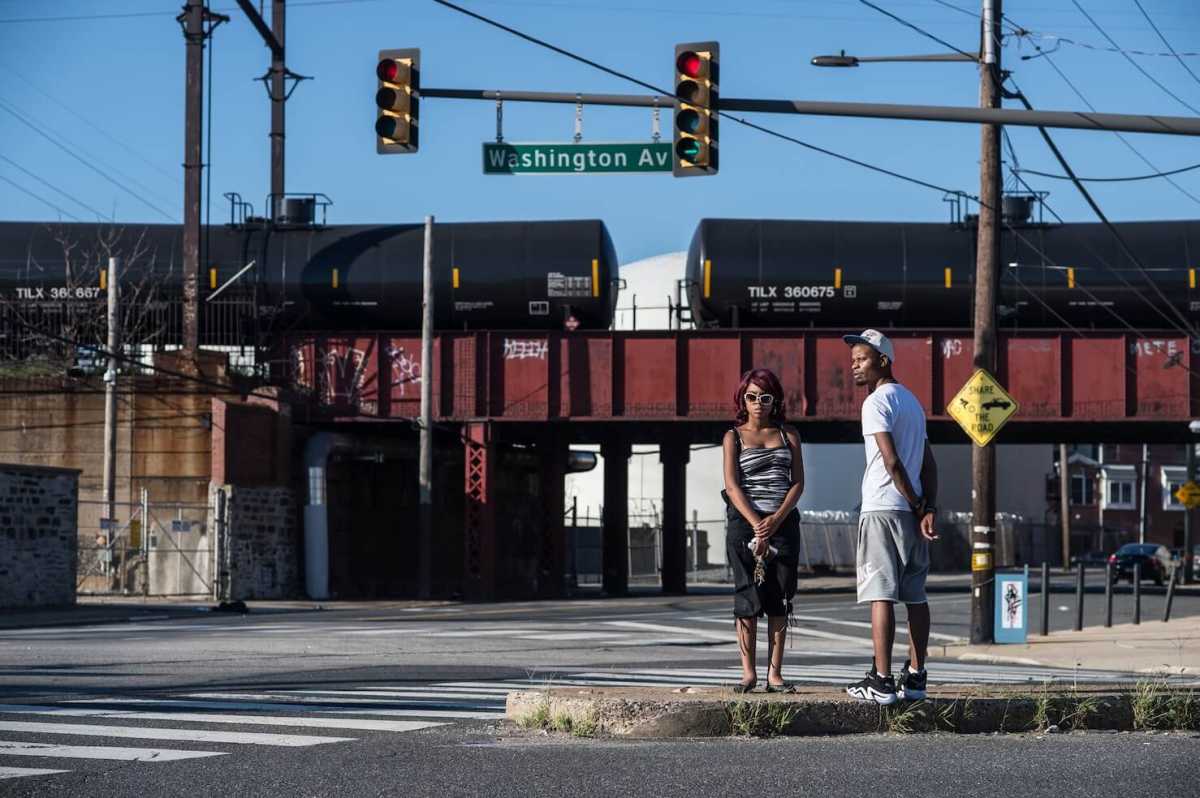
Charles Mostoller



